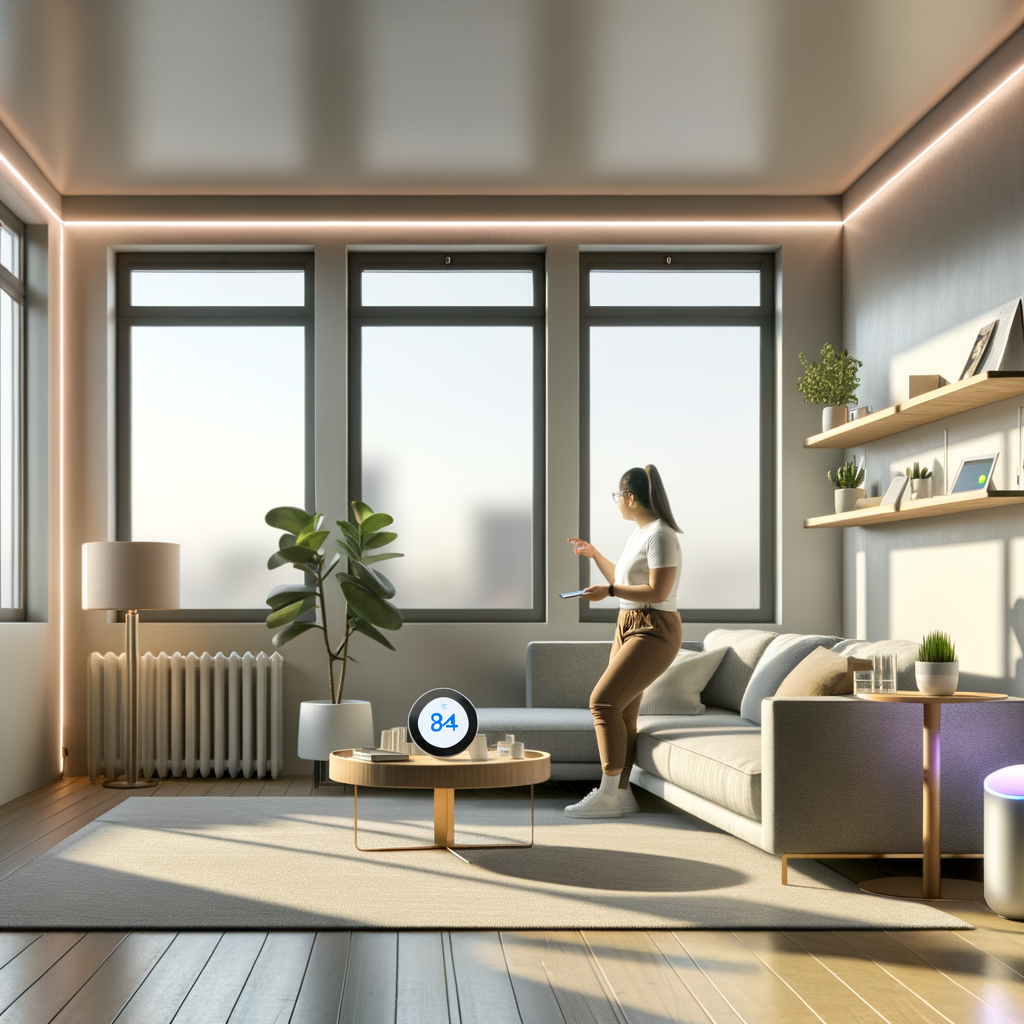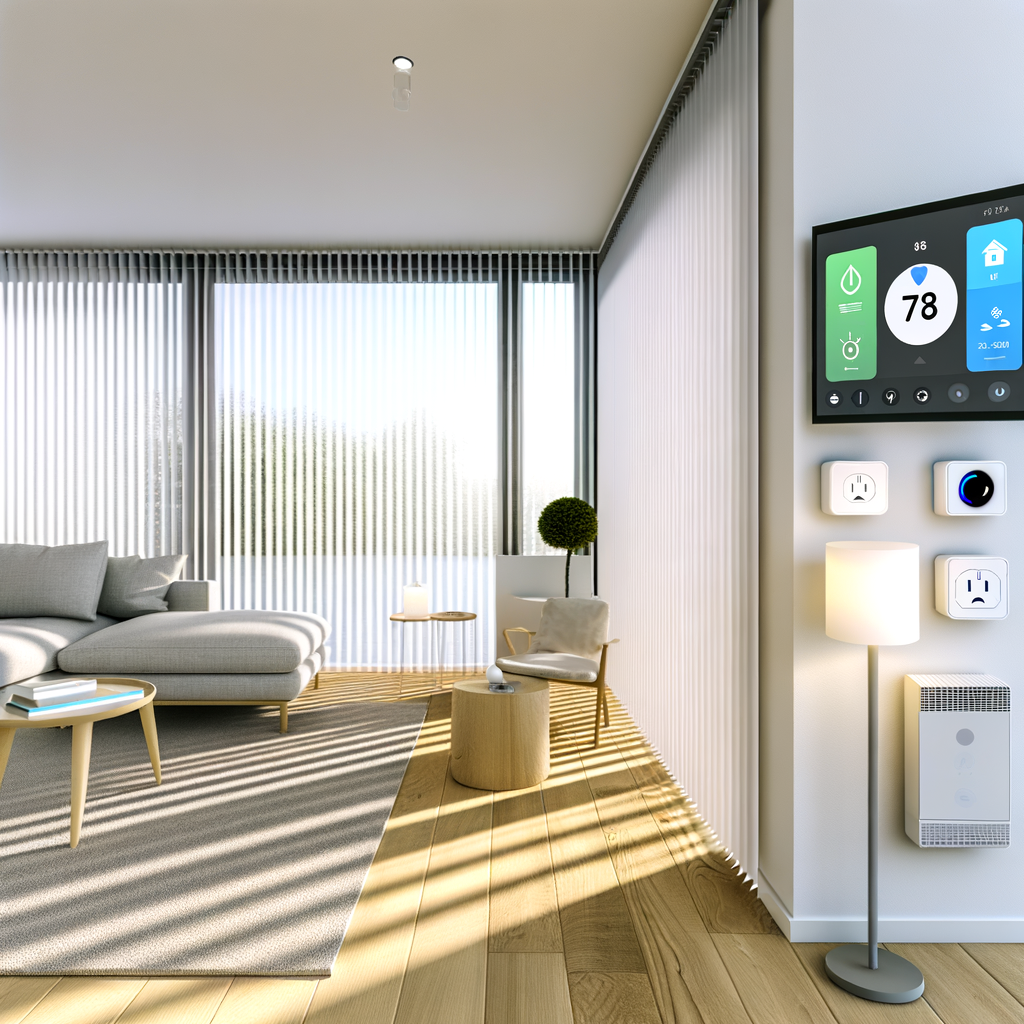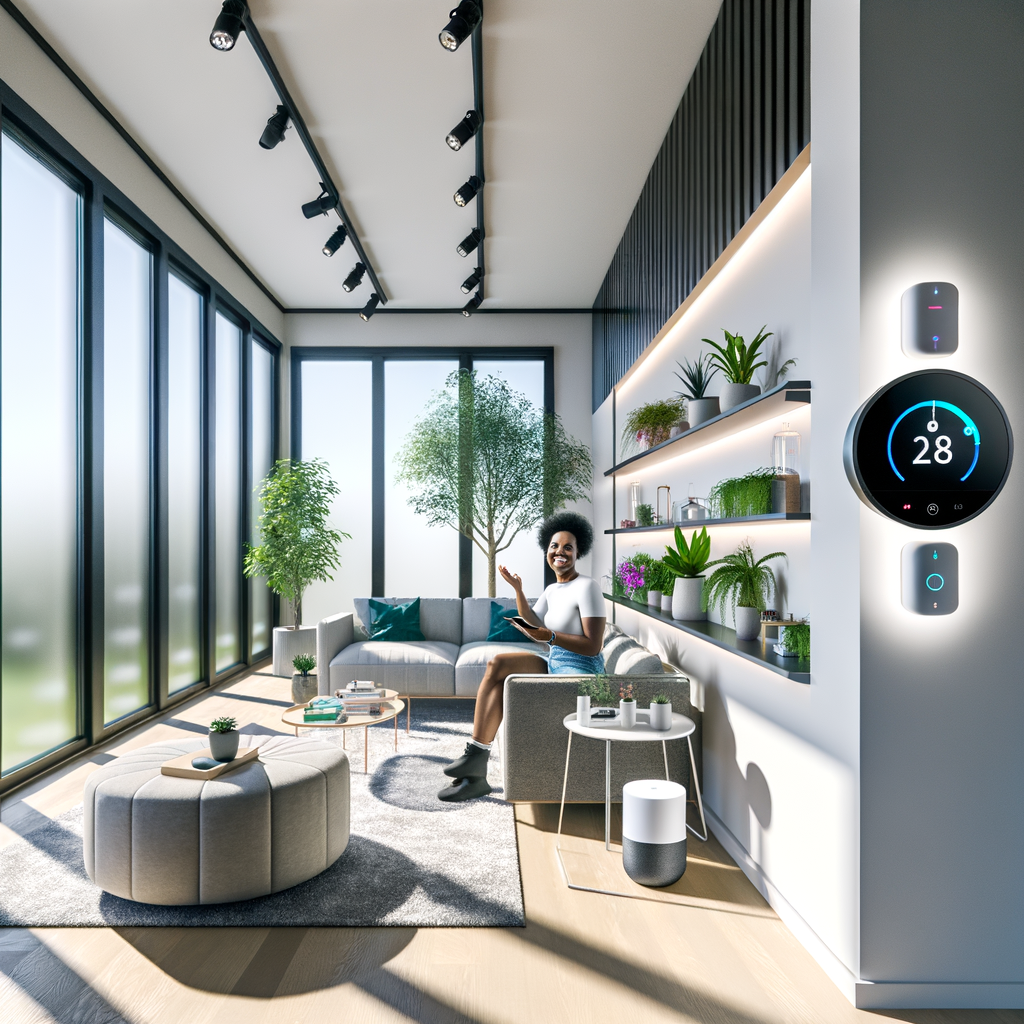Myth-Busting Smart Homes: 7 Misconceptions Renters Have About Eco-Friendly Tech
Smart home technology and eco-friendly living have become major trends in recent years. Yet, many renters still hesitate to adopt smart devices and green upgrades due to persistent myths. If you’re a renter interested in saving energy, water, and money — without breaking your lease or budget — it’s time to separate fact from fiction.
Below, we’ll unpack the top 7 misconceptions renters have about eco-friendly tech, plus practical tips to confidently transform your living space into a smarter, greener home.
1. “Smart Home Tech Is Only for Homeowners”
This is one of the most common myths that holds renters back. But the truth is:
- Many smart devices are designed for easy, damage-free installation— think peel-and-stick sensors, plug-in air quality monitors, and smart plugs.
- These devices move with you. Since they aren’t permanently installed, you can take them to your next apartment or house when you move.
Actionable Advice
- Opt for non-invasive devices: Look for smart thermostats with adhesive mounts or portable options, WiFi-enabled light bulbs, and water leak detectors that just set on the floor.
- Check your lease and local laws: Most leases permit removable tech. If in doubt, get written approval from your landlord.
2. “Eco-Friendly Tech Needs Complex Installation”
Many people imagine that setting up a smart home means rewiring circuits or drilling holes. However, modern eco-tech is designed for people with zero technical expertise:
- Most smart plugs and LED bulbs work right out of the box. Plug, connect, and control with your phone.
- Smart shower heads and faucet aerators often require nothing more than screwing on a new fitting—no plumber required.
Actionable Advice
- Research “plug-and-play” products: Read reviews to find devices others have set up in rentals. Many come with step-by-step videos if you get stuck.
- Ask your landlord or building manager: Simple swaps—like replacing a thermostat or installing a smart lock—may even add value to the property, making approval more likely.
3. “You Can’t Save Much Money or Energy in a Rental”
It’s easy to believe that, as a renter, your utility bills or environmental impact are out of your control. Not true!
- Smart plugs and power strips: These help eliminate “phantom power” use by appliances and electronics.
- Smart thermostats: Even window A/C and portable heater models can be automated with WiFi switches, saving energy when you’re away.
- Efficient lighting: Switching to smart LEDs reduces electricity use while giving you scheduling and dimming features.
- Water monitoring devices: Smart leak detectors and shower timers help limit waste and prevent expensive water damage.
Actionable Advice
- Set reminders to turn off or schedule off periods for devices using your app or voice assistant.
- Use energy use reports (included with many smart outlets) to see which appliances use the most energy, then adjust habits or usage times to save more.
- Turn on vacation or “eco” modes when you’re away for longer stretches.
4. “Smart Tech Collects Too Much Personal Data”
Privacy is a legitimate concern, but you have more control than you think.
- Leading smart home brands invest heavily in data security, and many allow you to opt out of data sharing.
- Most eco-friendly devices—like smart plugs, bulbs, and basic thermostats—gather minimal personal data (usually just device use and schedule information).
- You decide whether to connect devices to the cloud, your WiFi, or keep things local to your phone.
Actionable Advice
- Opt for devices with robust privacy settings and read privacy policies before purchasing.
- Regularly update device firmware and use strong, unique passwords.
- Disable any unnecessary features (like voice assistants or cameras) if you’re concerned.
5. “Eco-Friendly Upgrades Are Too Expensive for Renters”
Worried about shelling out big bucks for new tech? You don’t need to spend a fortune to make your home greener.
- Many eco-friendly smart devices now cost under $50, and multi-packs of smart bulbs or plugs lower the cost per device.
- Energy and water savings can pay you back quickly, especially if your rent doesn’t include utilities.
- Local utility companies often offer rebates on purchases like smart thermostats, LEDs, and water-saving products.
Actionable Advice
- Start with one or two key upgrades—like a set of smart plugs for your major appliances and a smart power strip for your entertainment center.
- Look for budget-friendly “starter kits” that bundle multiple smart home devices.
- Research available rebates and discounts through your area’s power or water providers.
6. “Smart Devices Don’t Work with Older Buildings or Apartments”
Vintage apartments, unique spaces, or older buildings can absolutely benefit from eco-friendly technology:
- Smart thermostats: Some only require batteries or attach to the wall, controlling window or portable A/C units.
- Low-voltage lighting: Smart bulbs fit standard sockets found in nearly all apartments.
- Many smart plugs and bulbs do not require a hub or changes to existing wiring or sockets.
Actionable Advice
- Measure your fixtures or consult your building’s maintenance team to ensure compatibility.
- For odd-shaped outlets or older wiring, small extension adapters often solve the problem.
- If your apartment won’t allow thermostat swaps, portable smart sensors and remote controls offer many of the same benefits with plug-in heating/cooling units and fans.
7. “Eco-Friendly Smart Homes Are All or Nothing”
Smart home upgrades are not an all-or-nothing investment—you can go as big or small as you like!
- Start with just one or two devices and scale up as you become comfortable.
- You can choose “off the shelf” products or mix-and-match brands, thanks to compatibility with Alexa, Google Assistant, or Apple HomeKit.
- Small changes, like adding one smart power strip or a few LED bulbs, deliver measurable savings and convenience.
Actionable Advice
- Prioritize upgrades that match your biggest pain points—like a drafty apartment (smart thermostats), high electricity bills (smart plugs), or a leaky shower (smart water monitors).
- Check out online communities or YouTube channels focused on renters and smart home tips.
- Share your experiences with your landlord; showing actual savings may encourage them to support additional eco-upgrades.
Making Your Rental Smarter and Greener: Step-by-Step
Ready to get started? Here’s a simple roadmap for renters:
- Identify your main goals. Is it saving electricity, reducing water use, convenience, or all of the above?
- Start small. Choose one device or room to upgrade first.
- Choose renter-friendly brands. Look for temporary, portable, or no-tool-required products.
- Request landlord approval, if needed. Emphasize non-permanent changes and potential value to the property.
- Track your results. Use devices with energy-readout features or your local utility’s usage breakdown to monitor improvements.
- Expand and experiment. Try new devices and share results with other renters, friends, or your landlord.




